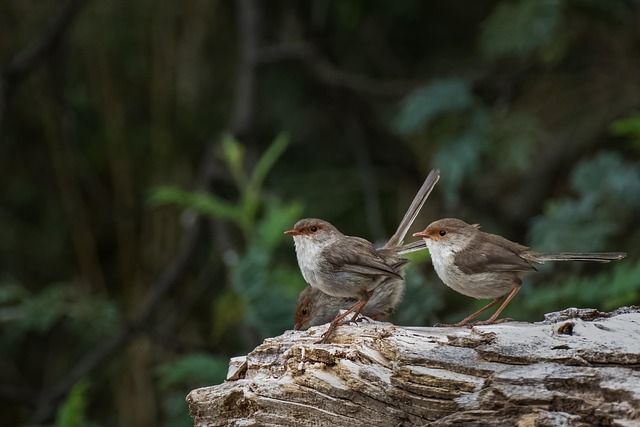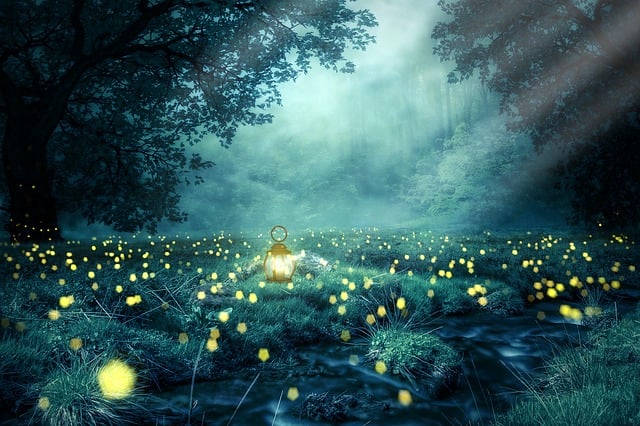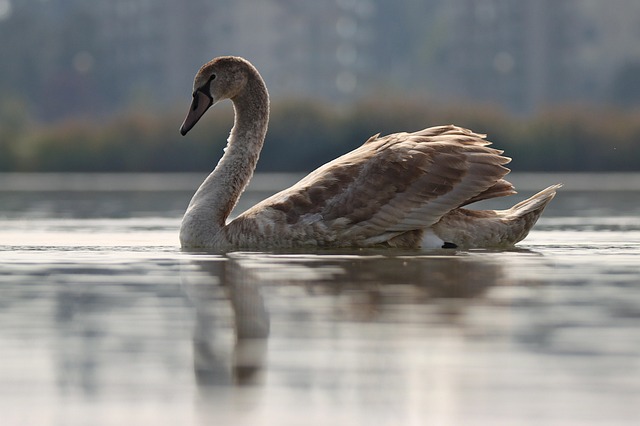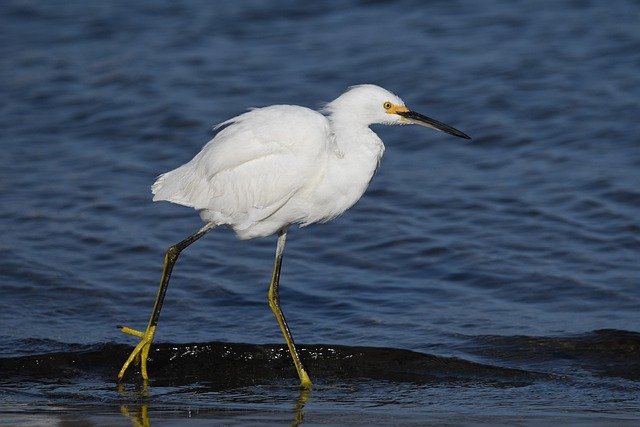Eugene, Oregon, boasts diverse landscapes ideal for bird photography, featuring spots like Willamette River Valley, Mount Pisgah Arboretum, and Fern Ridge Reservoir. These locations offer opportunities to capture breathtaking images of birds of prey and migratory species against stunning backdrops, appealing to both enthusiasts and professional photographers.
“Discover the thrilling world of birds of prey near Eugene, Oregon, a haven for birders and nature enthusiasts alike. From lush forests to expansive wetlands, the region boasts diverse habitats that attract an array of raptors, including hawks, owls, and majestic eagles. This guide explores the best birding spots around Eugene, offering insights into when and where to find these magnificent creatures.
Learn about the unique behaviors and hunting techniques of common birds of prey and equip yourself with photography tips for capturing breathtaking images without disturbing these wild inhabitants. Get ready to embark on an avian adventure through the scenic landscapes near Eugene, all while honing your bird photography skills.”
- Popular Birding Spots Near Eugene
- – Highlight the best locations for bird photography around Eugene, Oregon.
- – Include descriptions of habitats, such as forests, wetlands, and open fields, that attract a diverse range of birds.
Popular Birding Spots Near Eugene
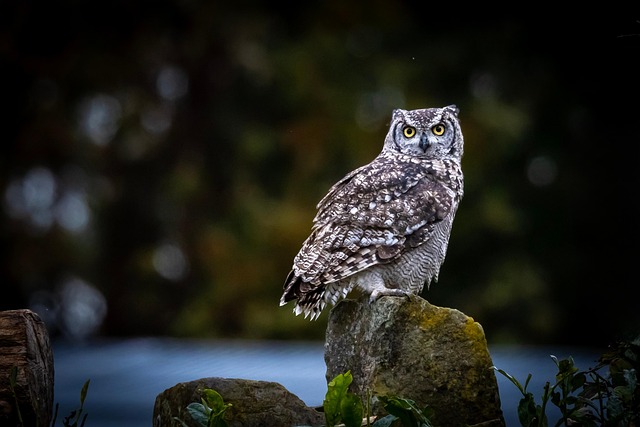
Eugene, with its lush landscapes and diverse ecosystems, offers a plethora of birding spots that attract both local enthusiasts and visiting ornithologists. For those passionate about bird photography, these areas present incredible opportunities to capture stunning images of birds of prey and other avian species. Some popular destinations include the Willamette River Valley, known for its consistent sightings of bald eagles and ospreys; the Mount Pisgah Arboretum, a haven for diverse bird life with trails offering scenic views; and the Fern Ridge Reservoir, which attracts a variety of waterfowl and migratory birds. These locations not only provide ample chances to observe these majestic creatures but also serve as ideal backdrops for captivating bird photography.
– Highlight the best locations for bird photography around Eugene, Oregon.
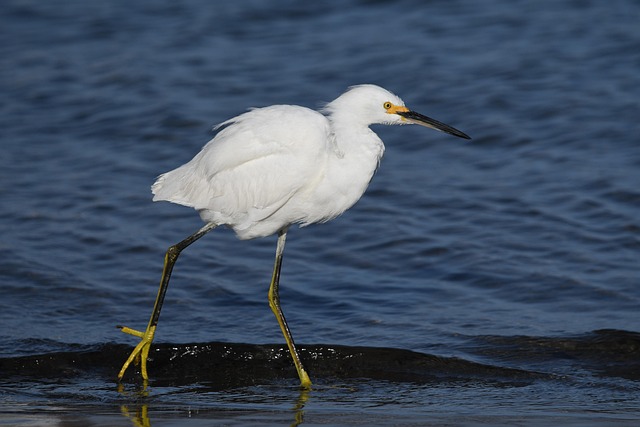
For bird photography enthusiasts in and around Eugene, Oregon, there are several prime locations that offer breathtaking opportunities to capture the beauty of these feathered predators. The diverse landscapes of the Willamette Valley provide a perfect backdrop for stunning images. One such hotspot is the Willamette River Gorge, where bald eagles and red-tailed hawks frequently soar overhead, offering photographers an array of dynamic poses against the dramatic gorge scenery.
The Alton Baker Park, nestled along the river’s edge, is another favorite among bird photographers. This urban oasis attracts a variety of species, including great blue herons and peregrine falcons, providing both novice and experienced shooters with ample chances to capture intricate details in their natural habitats. Don’t miss the chance to explore these locations for unforgettable bird photography experiences in Eugene.
– Include descriptions of habitats, such as forests, wetlands, and open fields, that attract a diverse range of birds.
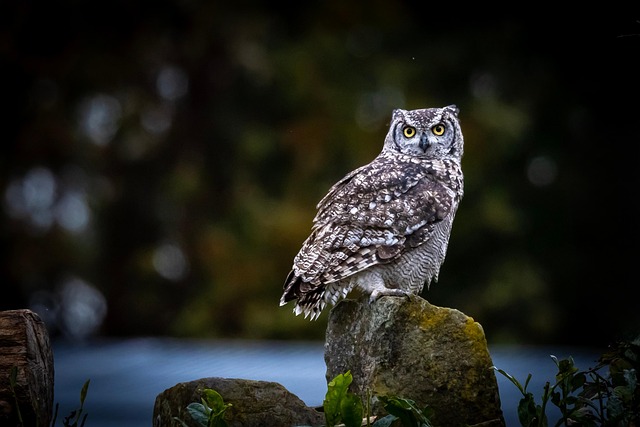
The diverse landscapes around Eugene, Oregon offer a captivating backdrop for bird enthusiasts and nature photographers alike. This region boasts an array of habitats that attract a myriad of birds of prey, making it an ideal location for observation and photography. From dense forests where raptors like red-tailed hawks and great horned owls hunt small mammals and birds, to the expansive wetlands teeming with aquatic life, these environments provide ample opportunities to witness these majestic creatures in their natural settings. Open fields and meadows also play a vital role, serving as hunting grounds for species such as the peregrine falcon, known for its incredible speed and aerial prowess. The area’s rich biodiversity thus makes Eugene a haven for bird photography enthusiasts seeking rare and breathtaking shots of birds of prey in their most natural habitats.


